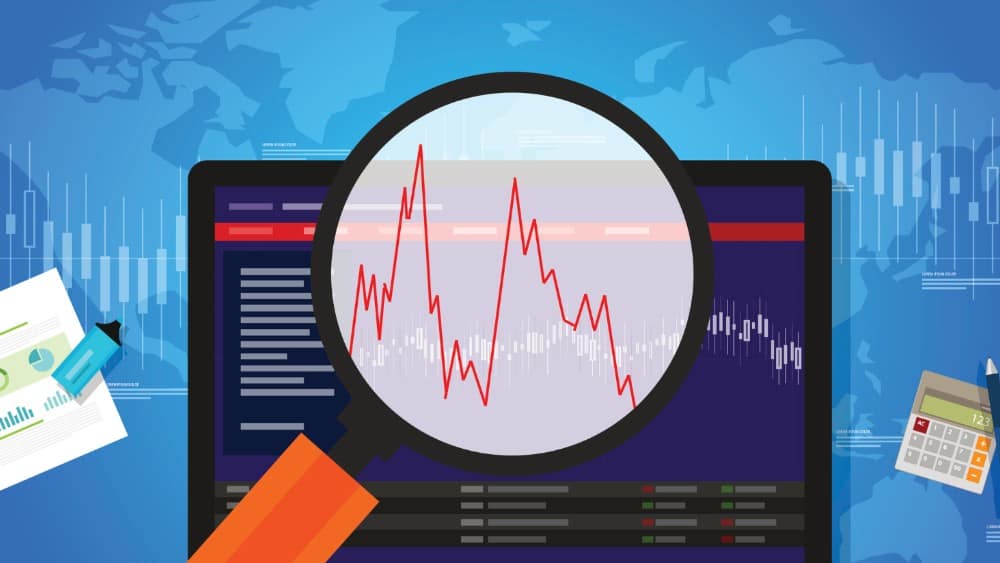We are living in a high-volatility time. Only a couple of months ago, volatility hit one of its highest levels it has ever seen. Many people were drawing parallels to the panic seen during the financial crisis. Assets were getting liquidated like crazy. Finally, it took the full power of the federal reserve to bring things back into order.
The gut-wrenching ride was one that, thankfully, we do not experience too often in our lifetimes. Although it can be a great time to find bargains, not many people want to go on that roller-coaster ride very often. Fortunately, financial wizardry has come up with a couple of ways to mitigate, if not wholly avoid, the soul-crushing ride.
Low-volatility ETFs
If you want to smooth out your investing ride a little, you might want to take a look at a couple of low-volatility ETFs. The BMO Low Volatility US Equity ETF (TSX:ZLU) and the BMO Low Volatility Canadian Equity ETF (TSX:ZLB) are pretty good ways to calm yourself down.
The ETFs hold a large number of stocks from diverse sectors. Industrials, consumer staples, and more are all represented in this ETF. The ETF currently has 104 America holdings. The biggest, most stable companies in the United States are in this ETF.
The Canadian version, the ZLB, is essentially the same strategy with a focus on Canadian companies. One large difference between the two is the sector weightings in each of the ETFs. Canada’s, as you might expect, has a heavy reliance on banking and utilities. The American version has a very heavy weighting into consumer staples as well as utilities. The Canadian version also has far fewer holdings, less than half in fact, with 47 companies currently represented.
Dividends and fees
While you wouldn’t buy these ETFs for income alone, they do provide a small yield that investors will be happy to receive. The ZLU has a very small yield at 1.54%, and the ZLB’s yield sits a little higher at 2.52%. Therefore, you would not really buy these for income.
The management expense ratios (MER) for these stocks are not terribly high, which is certainly a bonus. The MER on the ZLU is about 0.33%, and for ZLB it is slightly higher at 0.39%. The fees are pretty reasonable considering the strategy.
Downside
Besides the fairly low dividends and the fees, the major downside to remember is that a low volatility ETF is not a no-volatility ETF. If you look at the chart for the past few months, you will notice that these ETFs got hammered along with everything else. You will not be immune from a serious downturn in stocks. That being said, though, you will be more sheltered from a permanent loss of capital.
The bottom line
You will be more sheltered from volatility over the long-term, as the charts for these stocks show. They provide great returns for investors over the long haul. Both of these ETFs give you solid exposure to the Canadian and U.S. markets. The dividend isn’t huge, but they sure beat the income you get from riskless investments these days. Overall, these are a great alternative for volatility-averse investors.









